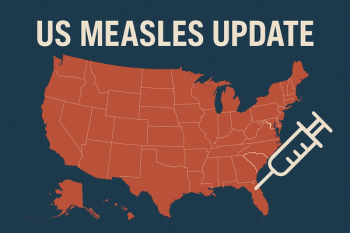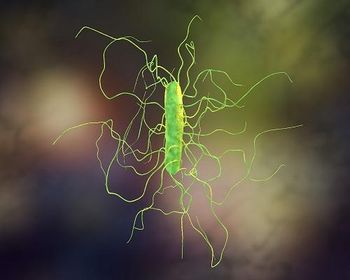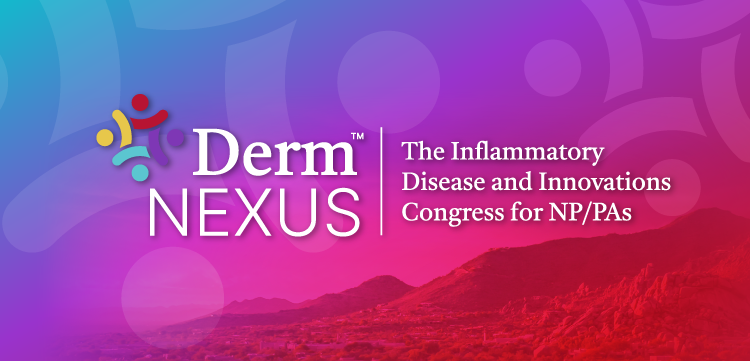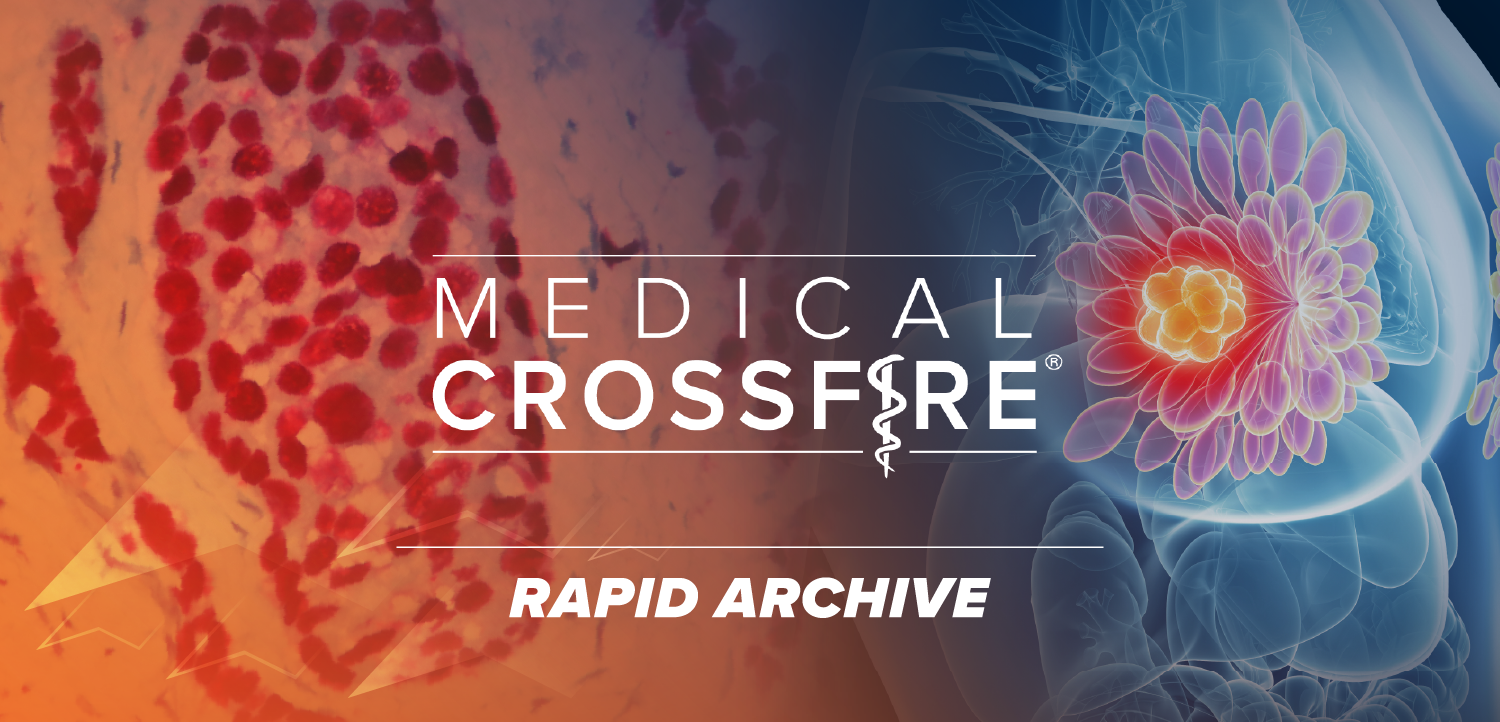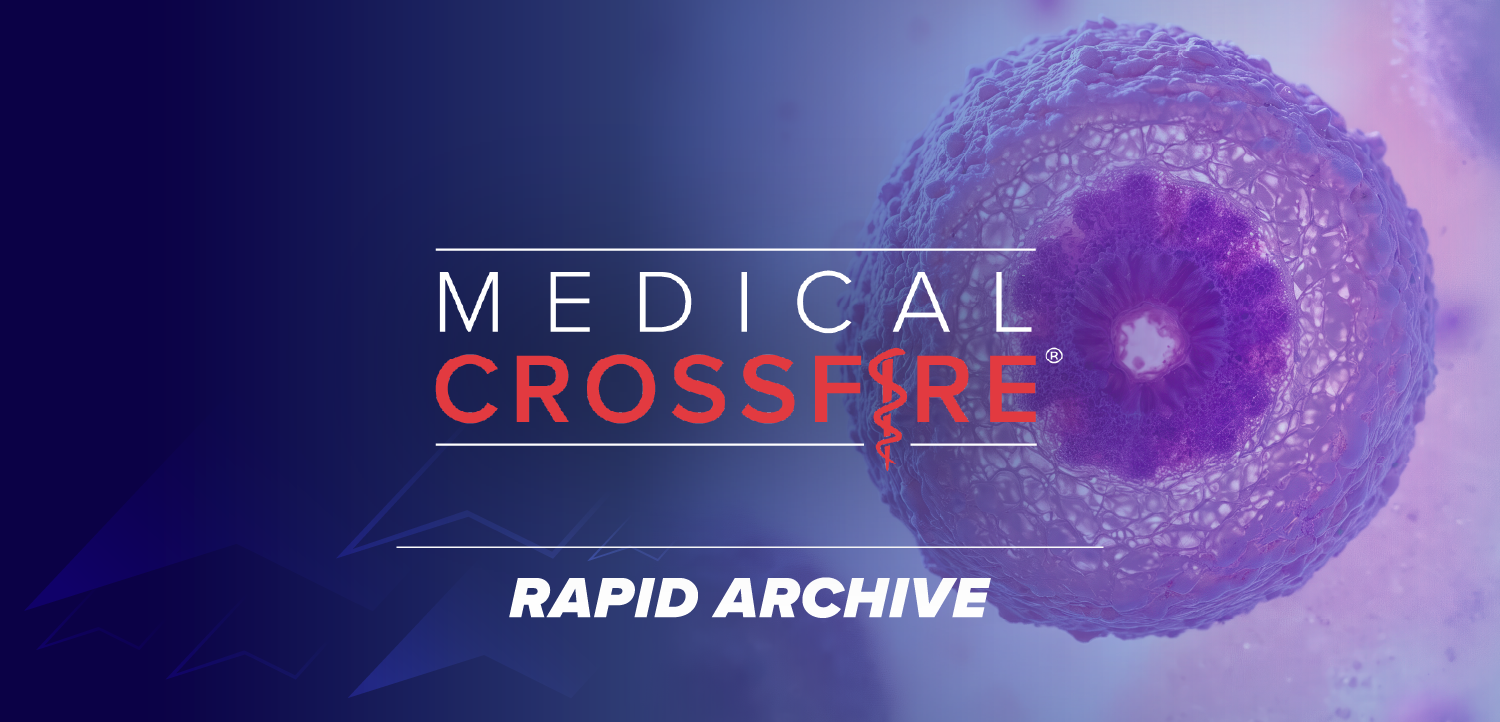
Tracking COVID-19 Spread at a Midsized University
During spring 2021, when Alpha was the dominant COVID-19 variant, a midsized Midwestern university’s vaccination initiative was associated with a significant decrease in COVID-19 infections.
Many colleges have been disrupted by the
A recent study, published in the
The university implemented a saliva-based surveillance system consisting of COVID-19 polymerase chain reaction (PCR) testing and genomic sequencing. During the study period, the university conducted 196185 COVID-19 tests among 14894 individuals. There were 1603 positive cases. Of those who tested positive, 59.3% were male, 89.0% were students, and 78.9%) were 17-22 years of age.
On April 7, 2021, the university announced all students needed to provide proof of COVID-19 vaccination to enroll in the fall 2021 semester. After this study concluded, the school extended the vaccine requirement to include all faculty and staff as well. From April 8-15 and April 29-May 6, 2021, the university hosted an on-campus vaccination clinic with the 2-dose mRNA Pfizer-BioNTech COVID-19 vaccine. By May 20, 2021, 90.8% of students (n = 10068), 92.2% of faculty (n = 814), and 72.0% of staff (n = 2081) were vaccinated.
The Alpha variant caused 218 of the 446 positive sequenced COVID-19 cases. By April 2021, Alpha was the only variant responsible for new COVID-19 infections. The 7-day average of positive cases peaked at 37 cases on February 17 but declined to 0 by May 14, 2021. With a statistically significant Pearson correlation coefficient of -0.57, positive cases were inversely associated with cumulative vaccine coverage. 2 weeks after the first dose of the Pfizer-BioNTech vaccine was administered, positive cases fell to their lowest levels of the semester thus far; the rate of testing was maintained.
The investigators concluded that mass vaccination caused a statistically significant decrease in the spread of COVID-19, even as the highly transmissible Alpha (B.1.1.7) variant was responsible for the majority of cases at the time.
Newsletter
Stay ahead of emerging infectious disease threats with expert insights and breaking research. Subscribe now to get updates delivered straight to your inbox.


